Picture this: you’re relaxing on the couch after a long day when your furry companion approaches and gently places their paw on your leg. That warm, soft touch instantly melts your heart, creating one of those perfect dog-owner moments. Yet you might find yourself wondering what exactly your dog is trying to tell you with this sweet gesture.
This seemingly simple behavior actually carries a wealth of meaning, ranging from expressions of love to specific requests for attention. Dogs are master communicators, using their entire bodies to convey messages that go far beyond barking or tail wagging. Understanding what your dog means when they paw at you can deepen your bond and help you respond to their needs more effectively. So let’s explore the fascinating world of canine paw communication and discover what your dog might be saying the next time they reach out to touch you.
Your Dog is Seeking Your Undivided Attention
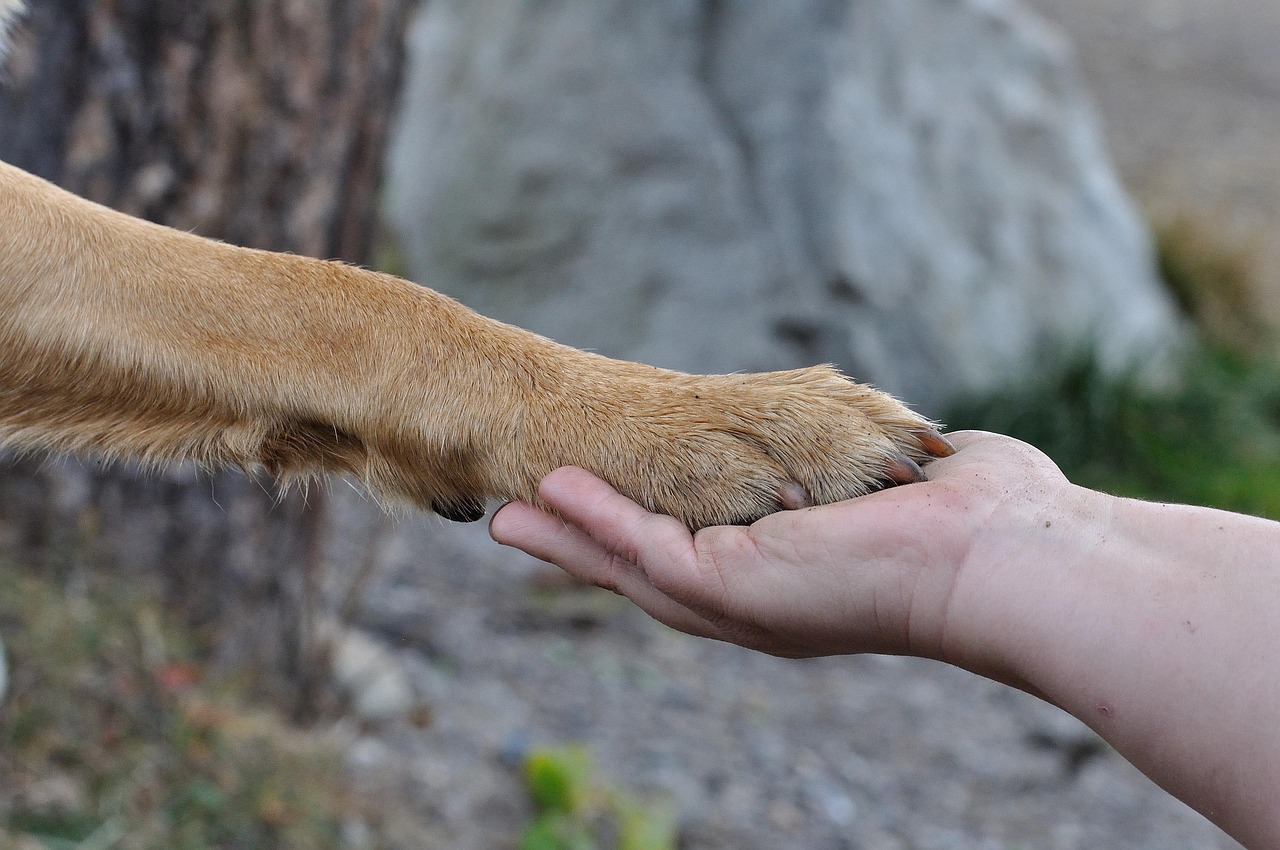
Dogs are social animals and crave attention from their owners. When they place their paws on us, it’s often a way of seeking our undivided focus. Think of it as your dog’s version of tapping you on the shoulder to say “Hey, look at me!”
They might nudge us with their paws or gently tap us to grab our attention. By doing so, they hope to initiate playtime, receive a belly rub, or enjoy some quality time together. It’s remarkably similar to how a child might tug on a parent’s sleeve when they want something.
It’s a Heartfelt Expression of Affection

Resting a paw on you is another way for your dog to show how it feels. And although it seems like a stripped-down version of cuddling together, it doesn’t mean your pup likes you any less. Sometimes the simplest gestures carry the deepest meaning.
Depending on the context, it’s feasible that a dog putting their paw on a person is a way to express affection or offer comfort. If you are petting your dog or sitting close and enjoying your bonding time, a paw likely means your dog reciprocating the love. Studies show that touch, in this case petting, releases the feel-good hormone oxytocin in both petter and pettee, and in a self-supporting cycle, the calmer the person got, the calmer the dog got. There’s no explicit “I love you” in this exchange, but the message is literally felt.
They’re Making a Polite Request

Dogs are quick to learn that certain actions lead to desirable outcomes. When they place their paws on us, it can be a way of making a request. Your dog has figured out that pawing is an effective communication tool that usually gets results.
For example, if a r leg while you’re eating, they may be hoping for a share of your food. It could also indicate a desire to go outside for a walk or to play with their favorite toy. Dogs use their paws as a means of communication to convey their needs and wants. They’ve essentially learned to use their paws as a universal “please” button.
Your Dog is Offering You Comfort and Support
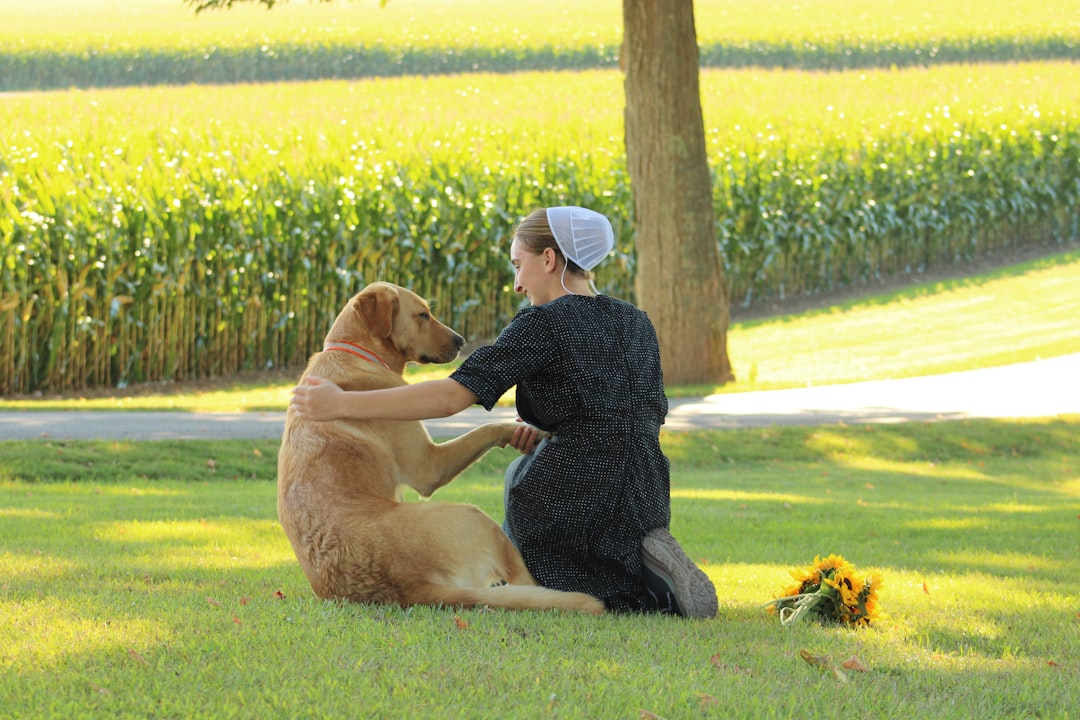
Dogs are highly perceptive creatures, and many can sense when their owners are feeling sad, lonely, or disappointed. If you’re feeling any of these emotions, they may try to cheer you up by pawing at your hands or feet to give you extra love. This demonstrates just how emotionally intelligent our canine companions truly are.
Similarly, they may offer their paw as a way of showing you emotional support if you’re in a sad or stressful mood. Remember, dogs are pretty good at decoding our emotions and wanting to be there for us. It’s their way of saying “I’m here for you” when words aren’t needed.
They’re Feeling Anxious or Seeking Reassurance
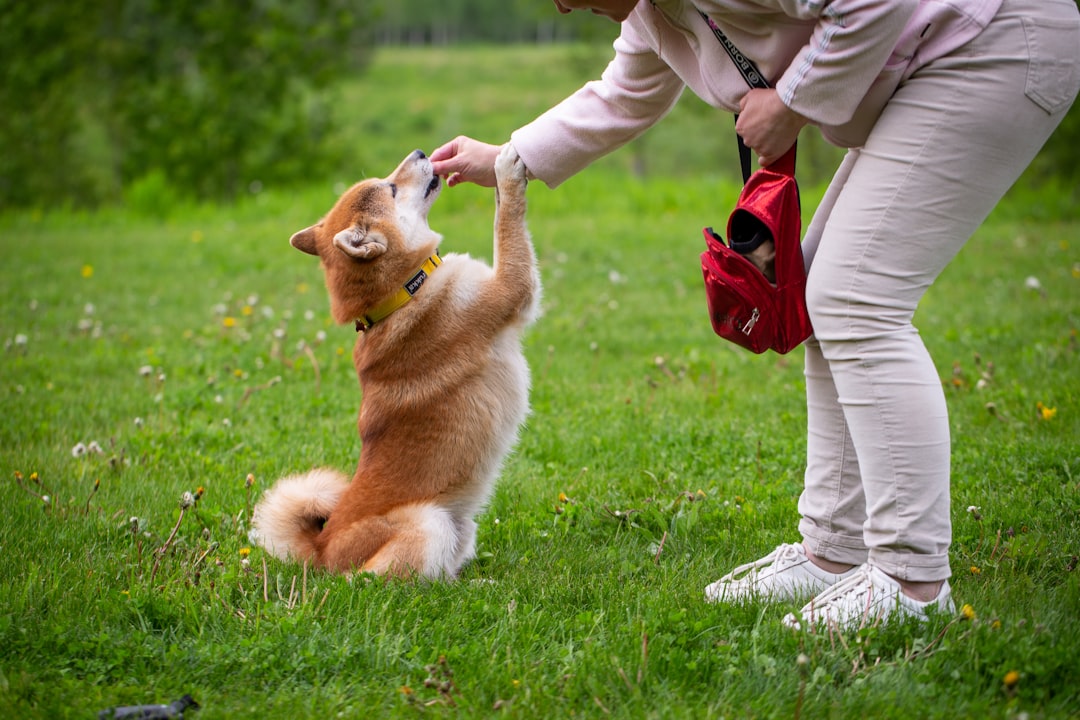
Dogs may put their paws on us when they feel anxious or stressed, such as during fireworks displays, visits to the veterinarian, or when there are loud noises like construction work or sirens. It can be a self-soothing mechanism, as physical contact helps to provide a sense of security and comfort. Your touch becomes their anchor during uncertain times.
Furthermore, dogs tend to paw at their humans when anxious or stressed or if they sense their owner isn’t okay. Your dog may paw at you to seek comfort and reassurance from something that’s making them stressed out. For instance, if they are unwell or scared of loud noises. Recognizing these moments allows you to provide the comfort your dog desperately needs.
It’s Learned Behavior That Gets Results
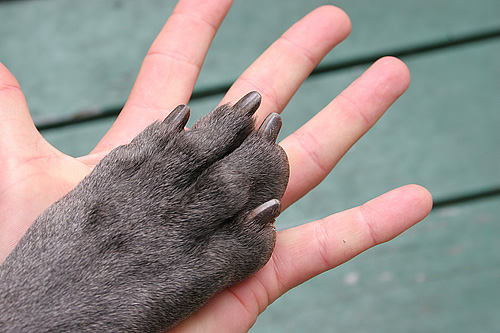
Chances are, your dog learned that pawing you is a great way to get a response. As veterinary behaviorist Isabelle Bazin, MV, DES, of the Daubigny Veterinary Center in Quebec City points out, pawing is hard to ignore. “It might happen through trial-and-error learning, but because there is physical contact, there is a good chance the human is going to react,” she says.
Unintentional reinforcement from owners can contribute to dogs repeatedly pawing at them. When a dog paws at their owner and receives attention, such as petting or verbal interaction, it reinforces the behavior. Even negative attention can reinforce this behavior if it means they’ve successfully gotten your focus.
They Want You to Continue Petting Them
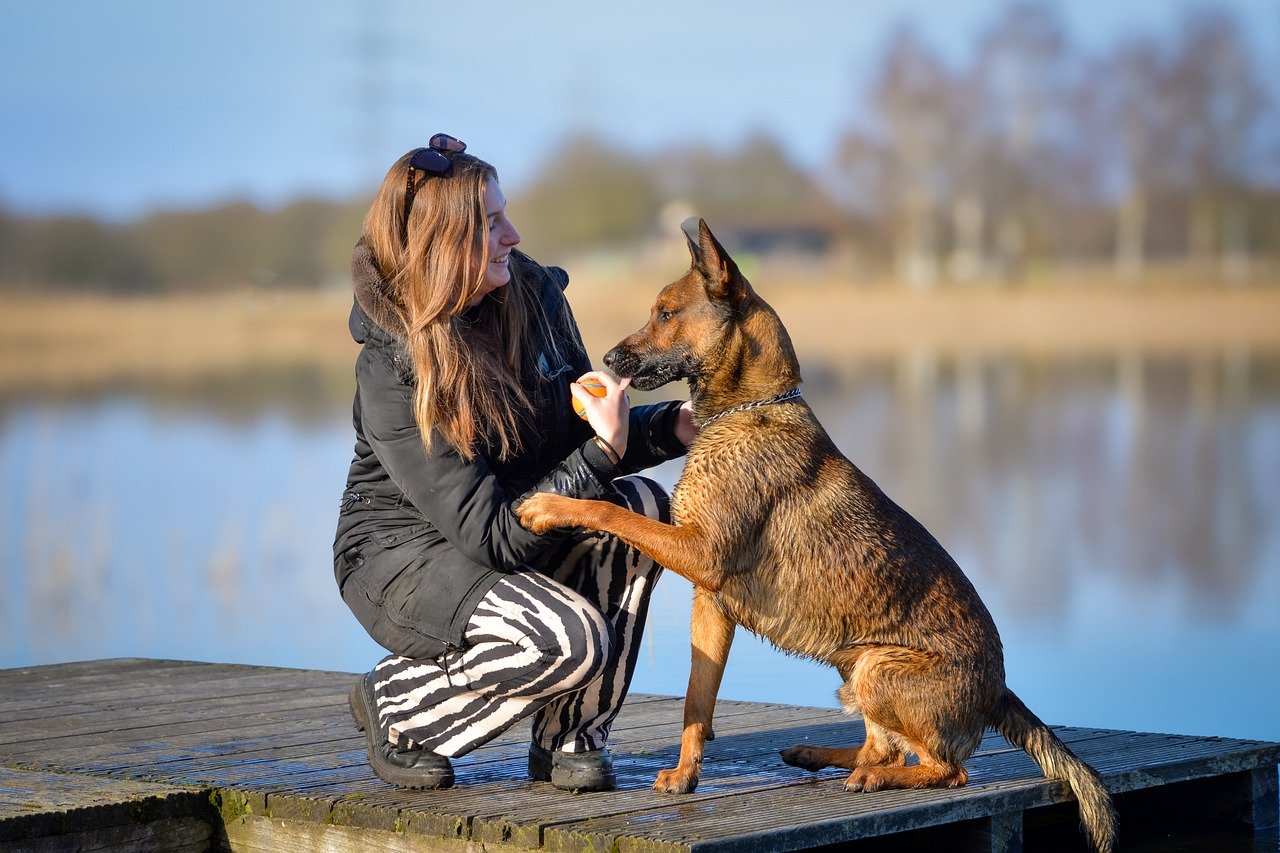
You may have a dog who will use a paw to “force” you to keep petting or scratching if you make the mistake of stopping too soon. If both pet and owner have positive associations with pawing, then it’s healthy to consider it an unspoken gesture of kindness. It’s like your dog saying “Don’t stop now, that feels amazing!”
When your dog places their paw on you while you are petting them, it may simply mean they are reciprocating the affection and want you to keep petting them. Pawing might also be a dog’s way of seeking their owner’s attention. This creates a beautiful cycle of mutual affection between you and your dog.
It’s Not About Dominance (That’s a Debunked Myth)

The idea that dogs constantly try to assert dominance over humans has been debunked by modern animal behaviorists. Studies show that behaviors like pawing are more about communication and social bonding than power struggles. The old “alpha dog” theories have been thoroughly discredited by scientific research.
“You’ll read a lot of things about the dog putting their paw on top of your hand or your body as a way of showing dominance over you,” she says. “And that is absolutely not the case. There’s no research to show that dogs have any sort of hierarchical relationship with us in any way.” Your dog isn’t trying to be the boss when they paw at you.
Some Dogs May Have Medical Reasons
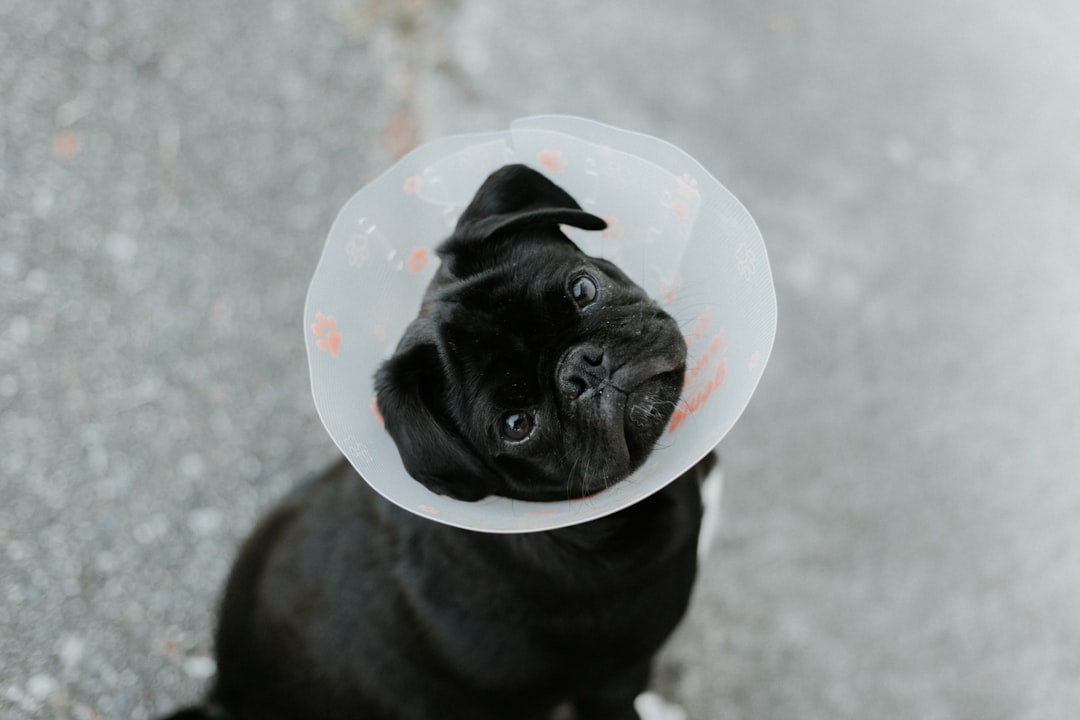
In some cases, dogs may paw at their owners due to underlying medical issues, such as pain or discomfort. When experiencing physical discomfort, dogs may use their paws to communicate their distress or to draw attention to a specific area of the body. This is why it’s important to pay attention to the context of the pawing behavior.
Pay attention to any changes in your dog’s behavior, especially if the pawing is accompanied by other signs of discomfort like limping, whimpering, or decreased appetite. If you have concerns about your dog’s health, it’s essential to consult a veterinarian. They can thoroughly examine, identify any underlying medical issues, and recommend appropriate treatment or management strategies.
Understanding Context and Body Language is Key
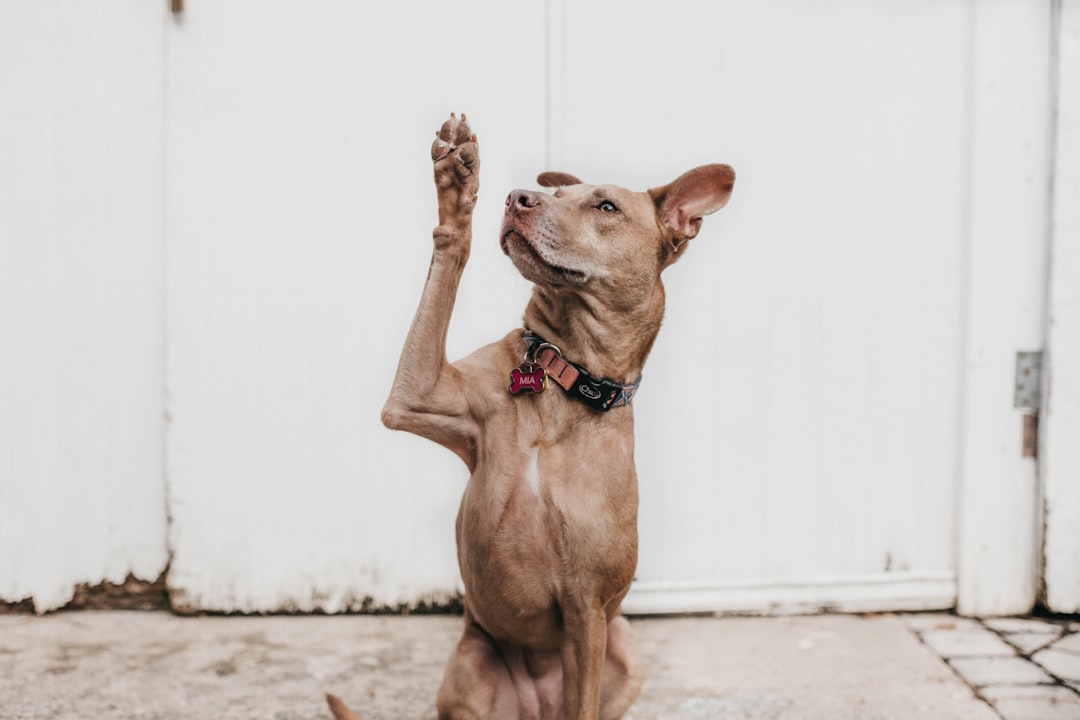
Pawing is a natural form of communication for dogs, often used to express a need. Understanding a dog’s body language is important for interpreting the reason behind their pawing. The same action can mean different things depending on the situation and accompanying signals.
Animal behavior expert, author, and professor emeritus of Ecology and Evolutionary Biology at the University of Colorado, Boulder Marc Bekoff says to determine what this behavior means you need to know the context and the dynamics of the dog-human relationship. “It could be to express strong positive feelings, it could be to get your attention to ask you for something, or it could be calming,” he says. Observing the full picture helps you respond appropriately to your dog’s needs.
Conclusion
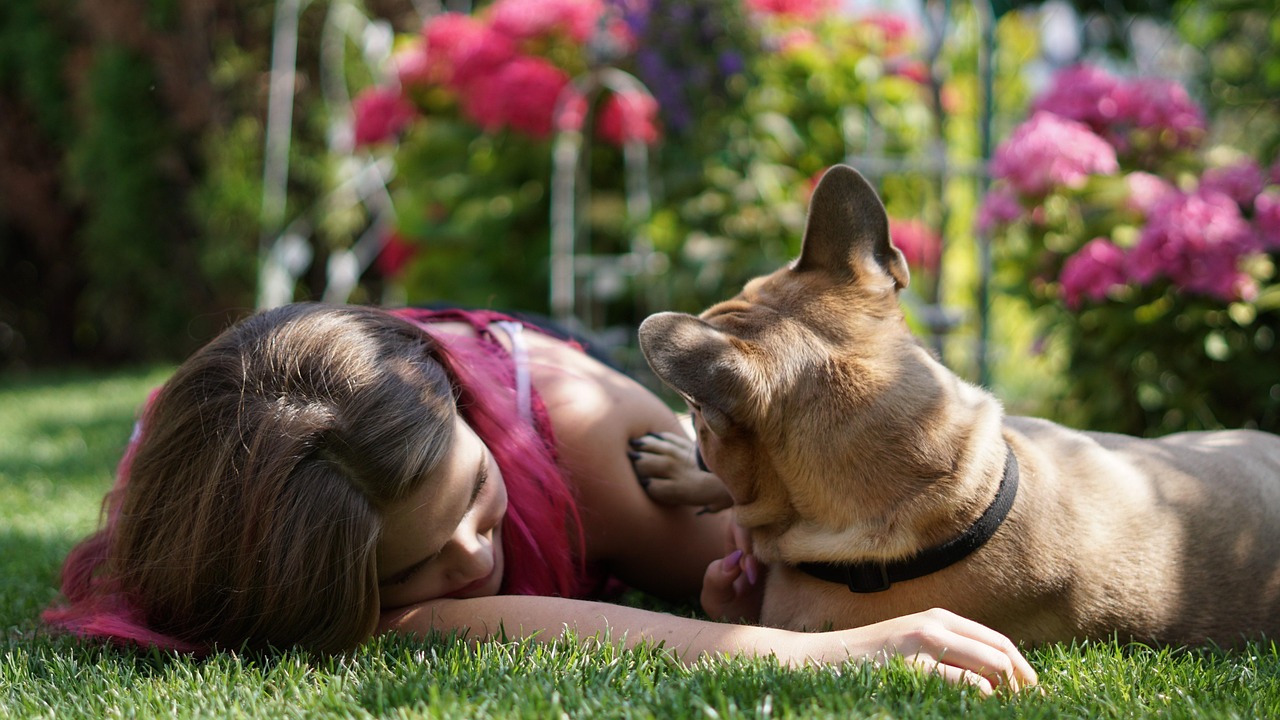
The next time your dog places their paw on you, take a moment to appreciate the complexity of this simple gesture. Whether they’re expressing love, seeking attention, making a request, or offering comfort, your dog is actively trying to communicate with you in their own special way. This behavior represents the beautiful bond between humans and dogs, built on mutual understanding and affection.
Rather than worrying about outdated dominance theories, focus on reading your dog’s body language and responding to their emotional needs. By understanding what your dog means when they paw at you, you’re not just becoming a better pet owner – you’re strengthening the incredible connection you share with your furry best friend.
What do you think about your dog’s pawing behavior now? Tell us in the comments about the special ways your dog communicates with you.

Andrew Alpin from India is the Brand Manager of Doggo digest. Andrew is an experienced content specialist and social media manager with a passion for writing. His forte includes health and wellness, Travel, Animals, and Nature. A nature nomad, Andrew is obsessed with mountains and loves high-altitude trekking. He has been on several Himalayan treks in India including the Everest Base Camp in Nepal.






